Google’s deep-learning program for determining the 3D shapes of proteins stands to transform biology, say scientists.
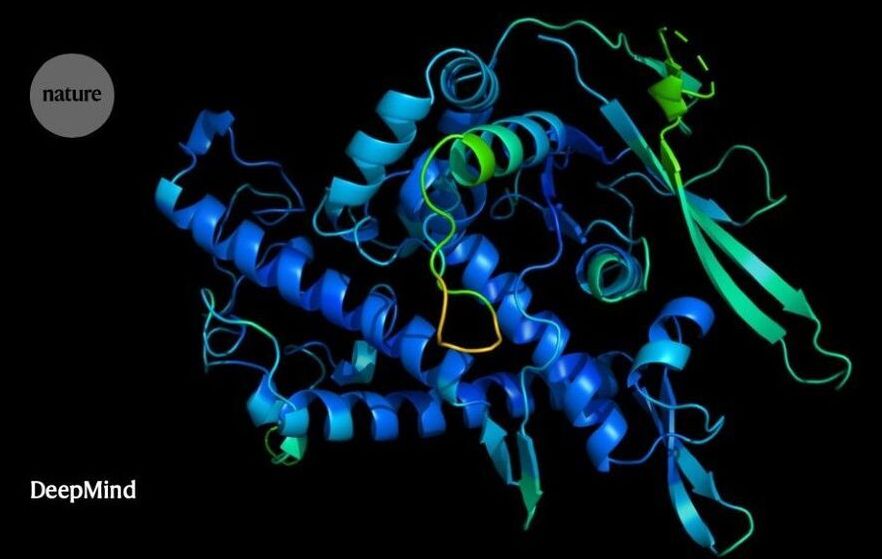

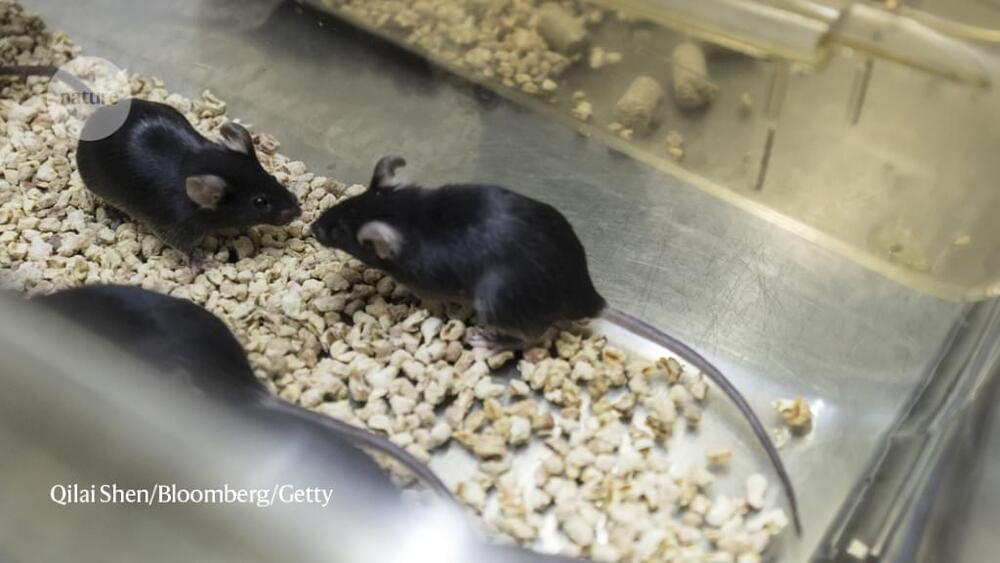
AI solves a 50 year biological problem of protein folding!
Han from WrySci HX goes through the recent scientific breakthrough by AlphaFold from DeepMind. The ability to accurately predict a protein structure just based on an amino acid sequence will be a complete game changer. More below ↓↓↓
Subscribe! =]
Video credits from DeepMind: https://www.youtube.com/watch?v=gg7WjuFs8F4
Please consider supporting 🙏
Stanford University engineers have developed an airborne method for imaging underwater objects by combining light and sound to break through the seemingly impassable barrier at the interface of air and water.
The researchers envision their hybrid optical-acoustic system one day being used to conduct drone-based biological marine surveys from the air, carry out large-scale aerial searches of sunken ships and planes, and map the ocean depths with a similar speed and level of detail as Earth’s landscapes. Their “Photoacoustic Airborne Sonar System” is detailed in a recent study published in the journal IEEE Access.
“Airborne and spaceborne radar and laser-based, or LIDAR, systems have been able to map Earth’s landscapes for decades. Radar signals are even able to penetrate cloud coverage and canopy coverage. However, seawater is much too absorptive for imaging into the water,” said study leader Amin Arbabian, an associate professor of electrical engineering in Stanford’s School of Engineering. “Our goal is to develop a more robust system which can image even through murky water.”
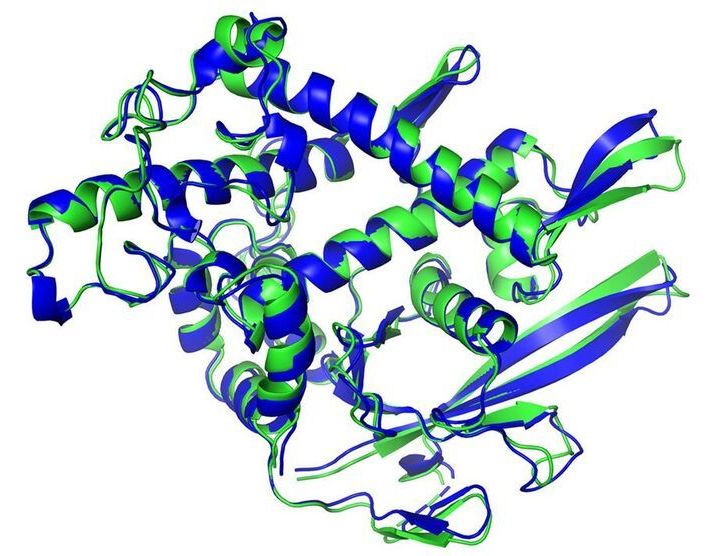
Artificial intelligence (AI) has solved one of biology’s grand challenges: predicting how proteins curl up from a linear chain of amino acids into 3D shapes that allow them to carry out life’s tasks. Today, leading structural biologists and organizers of a biennial protein-folding competition announced the achievement by researchers at DeepMind, a U.K.-based AI company. They say the DeepMind method will have far-reaching effects, among them dramatically speeding the creation of new medications.
A long-standing and incredibly complex scientific problem concerning the structure and behaviour of proteins has been effectively solved by a new artificial intelligence (AI) system, scientists report.
DeepMind, the UK-based AI company, has wowed us for years with its parade of ever-advancing neural networks that continually trounce humans at complex games such as chess and Go.
All those incremental advancements were about much more than mastering recreational diversions, however.
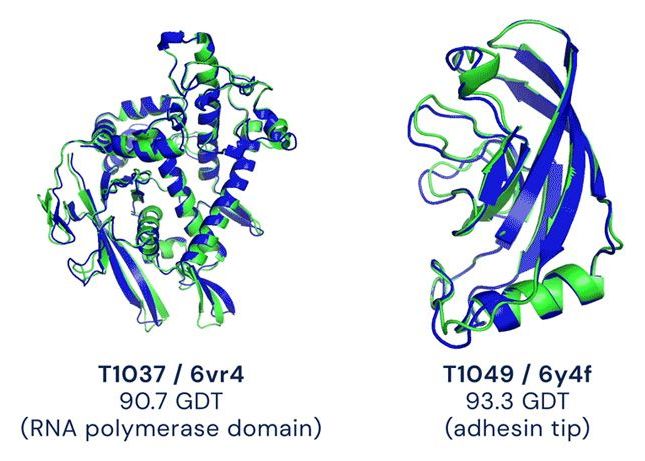
For the first time, scientists with the National Oceanic and Atmospheric Administration (NOAA) have formally identified a new species of undersea creature based solely on high-definition video footage captured at the bottom of the ocean.
And what an undersea creature it is. Meet Duobrachium sparksae – a strange, gelatinous species of ctenophore, encountered by the remotely operated vehicle (ROV) Deep Discoverer during a dive off the coast of Puerto Rico.
That encounter took place back in 2015, but when you’re laying claim to discovering a wholly new species – based solely on video evidence, for that matter, with no physical specimens to help make your case – it helps to do your due diligence.
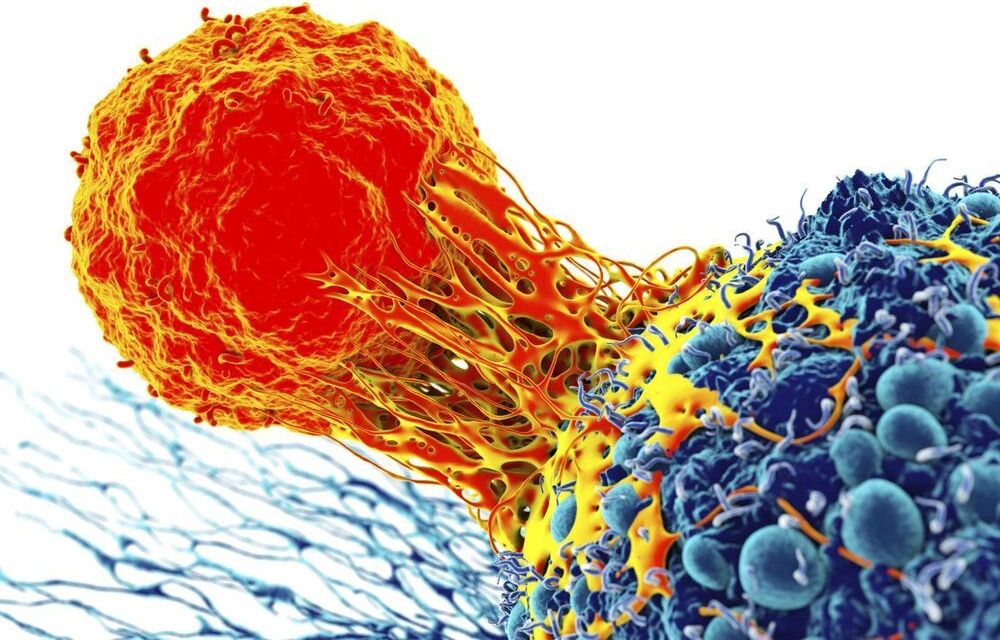
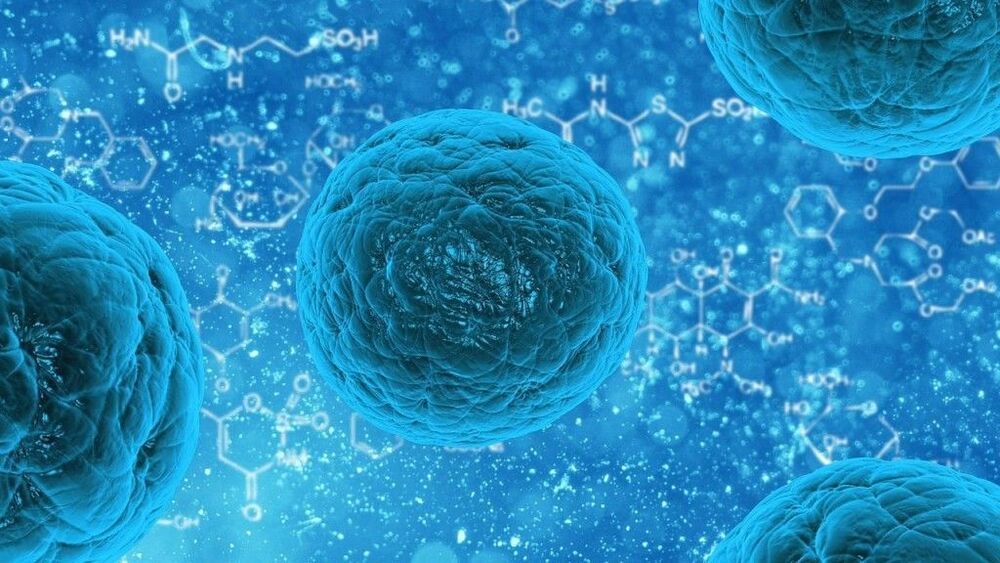
Plant scientists have revolutionised science and innovation. Research around the cell or cell biology was born out of plant science.
Researching plants is vital for our food security, maintaining our ecosystems and in our fight against climate change. Plant science is equally important to generate new knowledge that breaks disciplinary barriers to revolutionise several fields of research and innovation. But despite its valuable contribution, scientists and prospective young scientists often overlook plant science. It’s because of this low recognition, plant science doesn’t get the same prestige as other disciplines. This is detrimental to the future of plant science as bright young students continue to choose a career away from plant science. I never considered studying plants myself — it was entirely accidental that I studied plant science.
In other words, scientists and prize committees question the influence of basic plant science across different disciplines.
But the fact is that ever since the early days of science, plants have been central to breakthroughs. Discoveries in plant science have enabled technological advances that we enjoy today. Therefore, I’m aiming to write a series of blog posts to highlight a few significant findings from research in plants. Here, I explain how plant research revolutionised the field of cell biology.